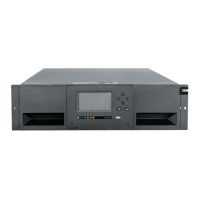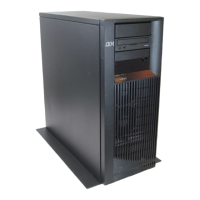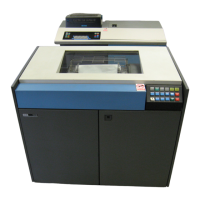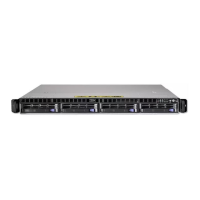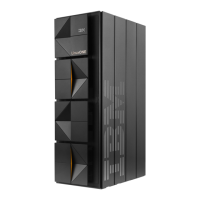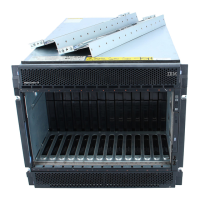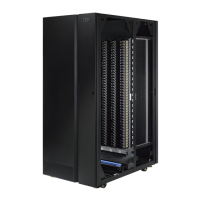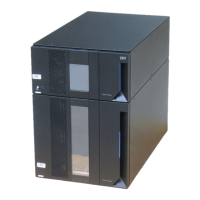v Do not expose the cartridge to moisture or direct sunlight.
v Do not expose recorded or blank cartridges to stray magnetic fields of greater than 100 oersteds (for
example, terminals, motors, video equipment, X-ray equipment, or fields that exist near high-current
cables or power supplies). Such exposure causes the loss of recorded data or makes the blank cartridge
unusable.
v Maintain the conditions that are described in “Environmental and shipping specifications for tape
cartridges” on page 180.
Completing a thorough inspection
About this task
After a cartridge is purchased and before it is used, complete the following steps:
v Inspect the cartridge's packaging to determine potential rough handling.
v When a cartridge is inspected, open only the cartridge door. Do not open any other part of the
cartridge case. The upper and lower parts of the case are held together with screws; separating them
destroys the usefulness of the cartridge.
v Inspect the cartridge for damage before it is used or stored.
v Inspect the rear of the cartridge (the part that loads first into the tape load compartment) and ensure
that there are no gaps in the seam of the cartridge case (see ▌1▐ in Figure 149 and ▌4▐ in Figure 151 on
page 176). If there are gaps in the seam (see Figure 149), the leader pin might be dislodged. Go to
“Repositioning or reattaching a leader pin” on page 174.
v Check that the leader pin is properly seated (see ▌2▐ in Figure 150 on page 175).
v If you suspect that the cartridge was mishandled but it appears usable, copy any data onto a good
cartridge immediately for possible data recovery. Discard the mishandled cartridge.
v Review handling and shipping procedures.
Figure 149. Checking for gaps in the seams of a cartridge
Ultrium media 173
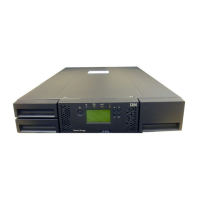
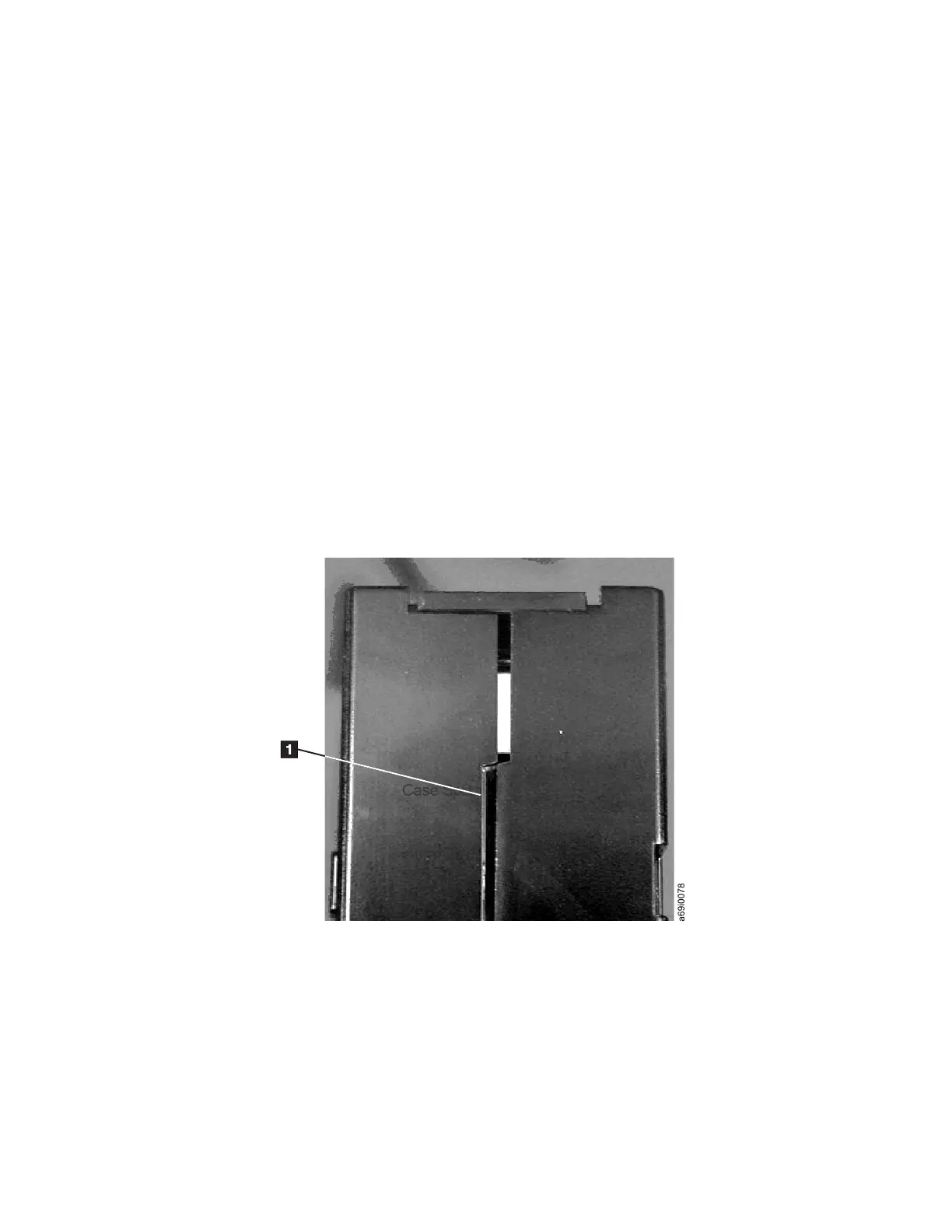